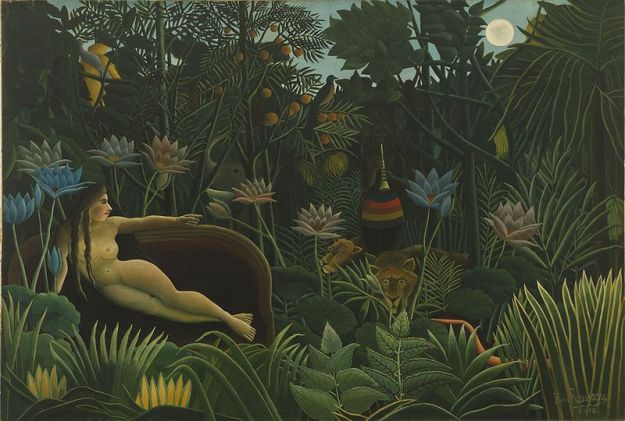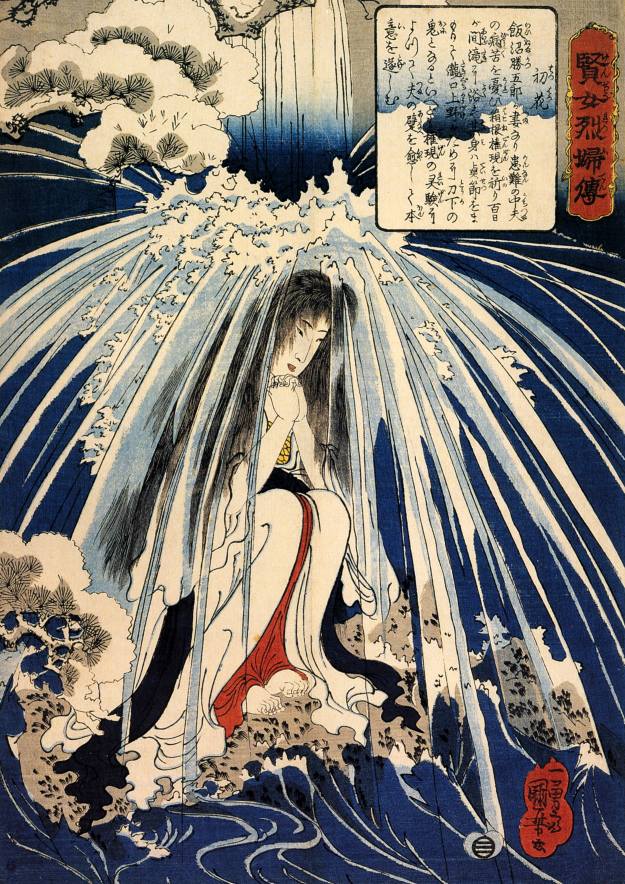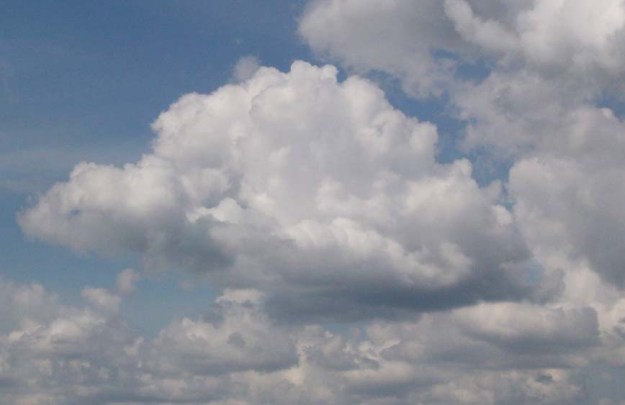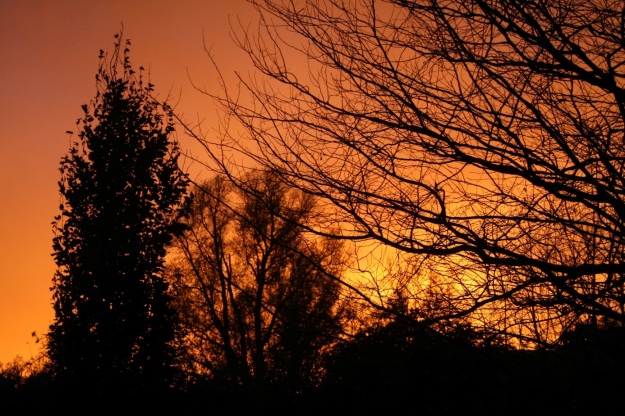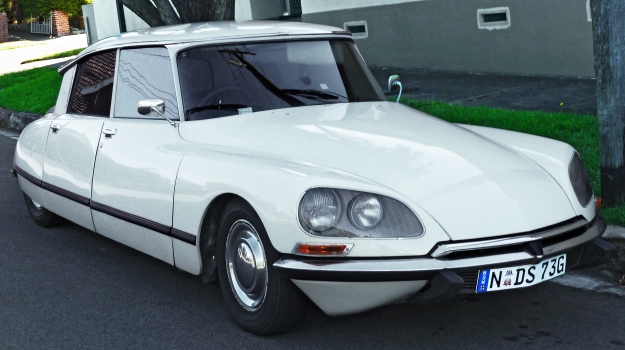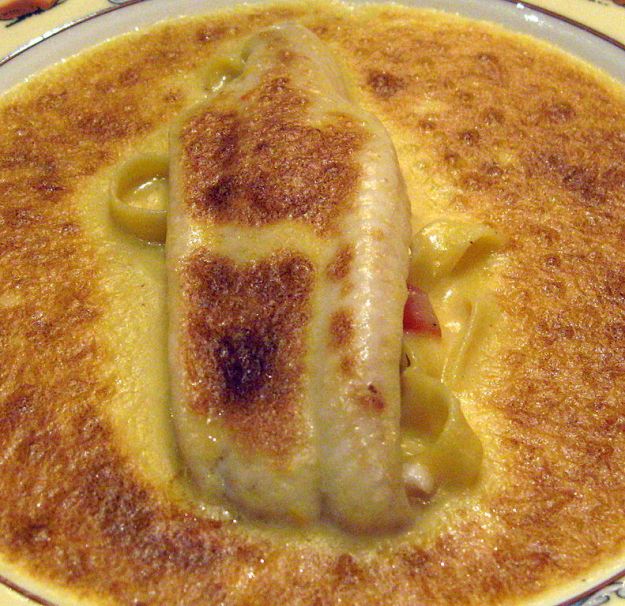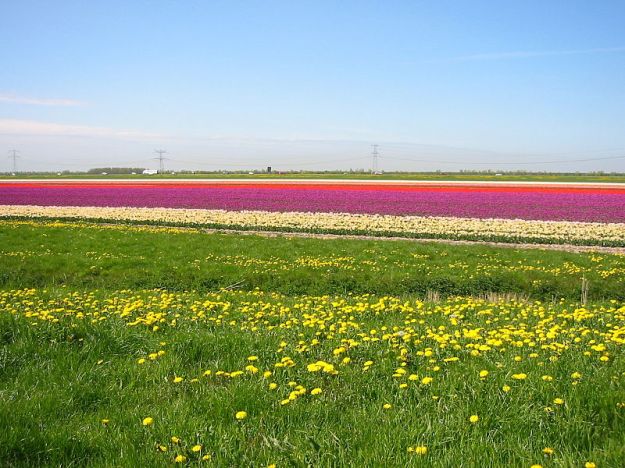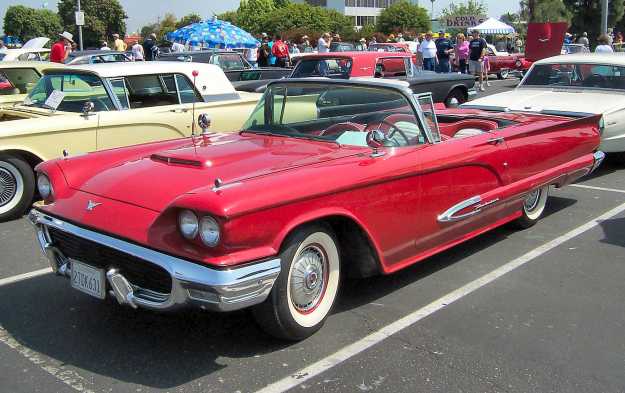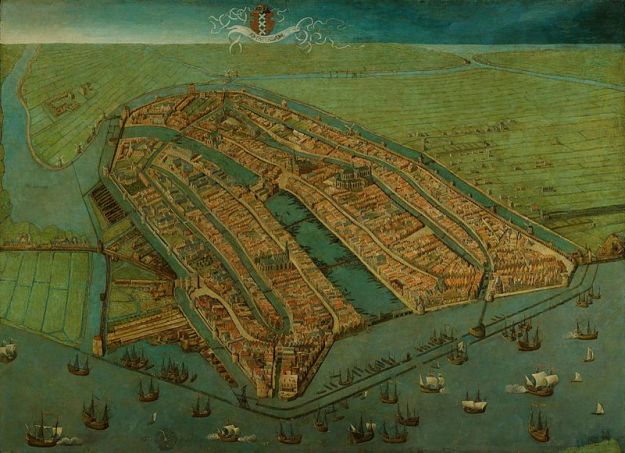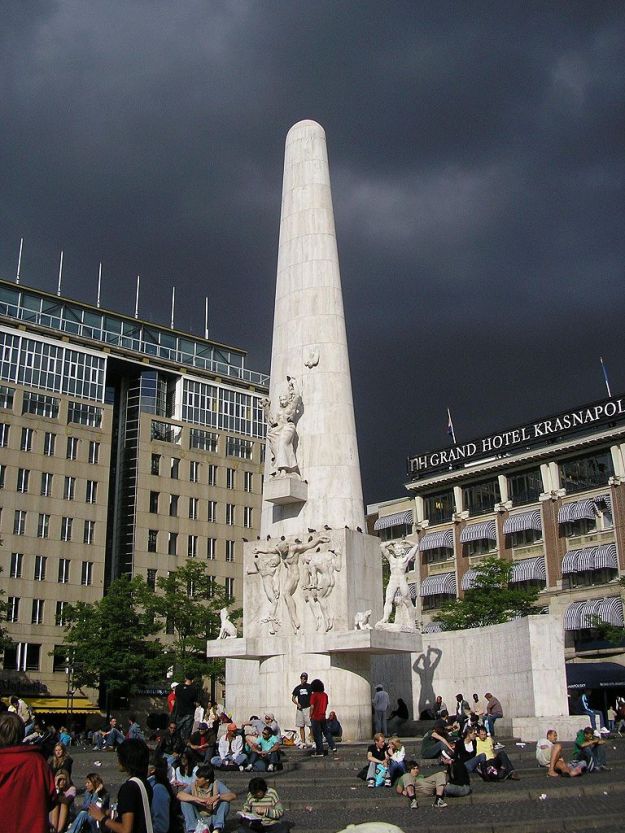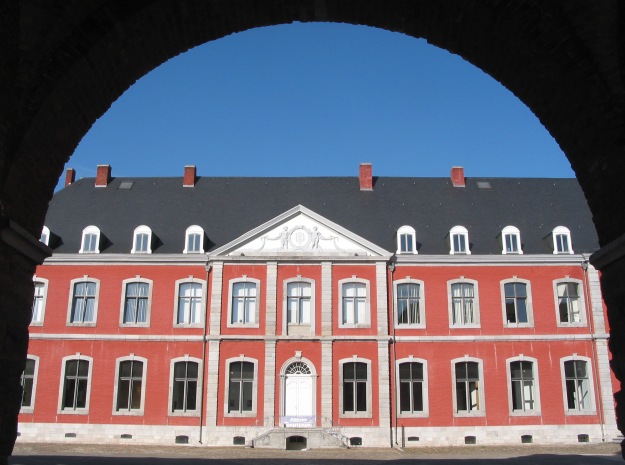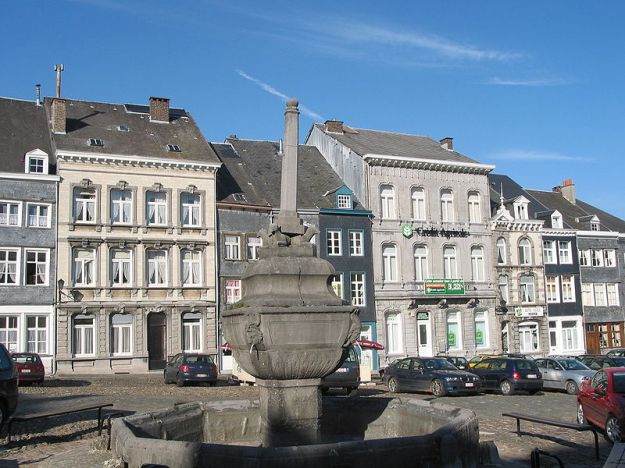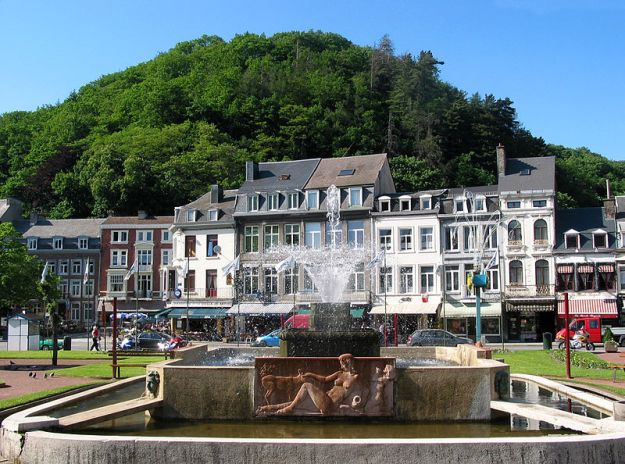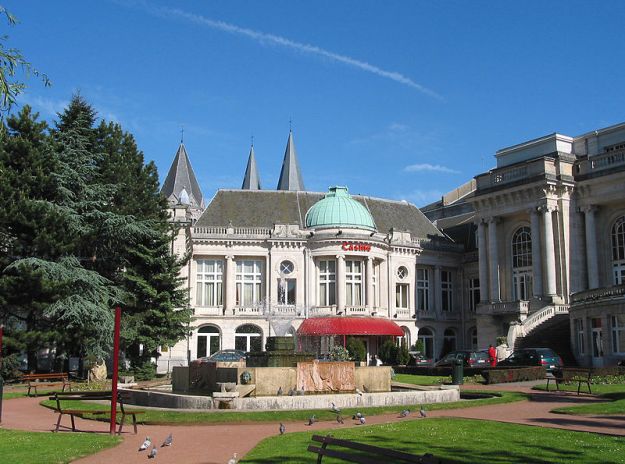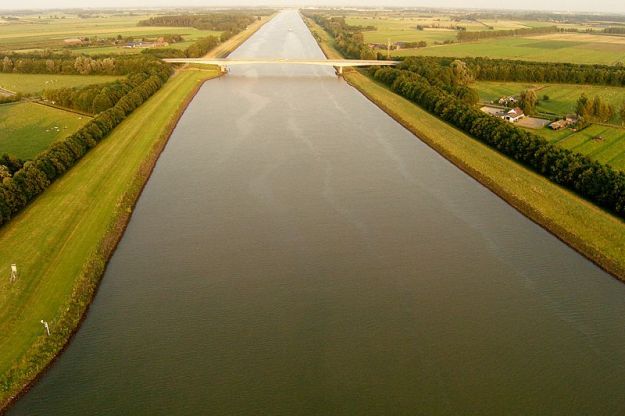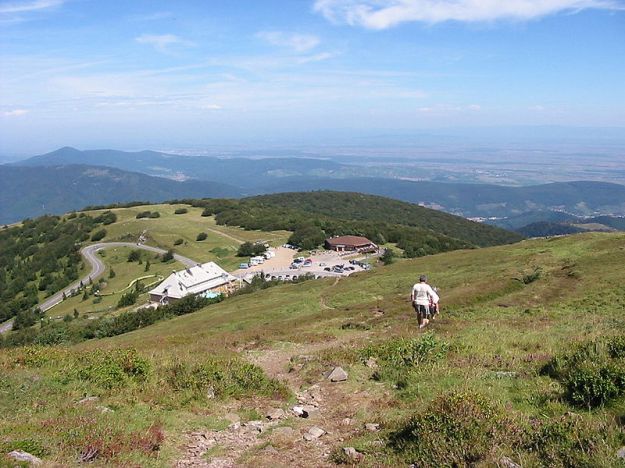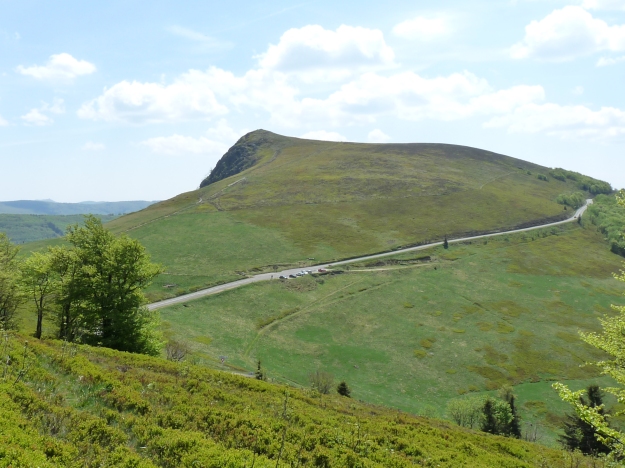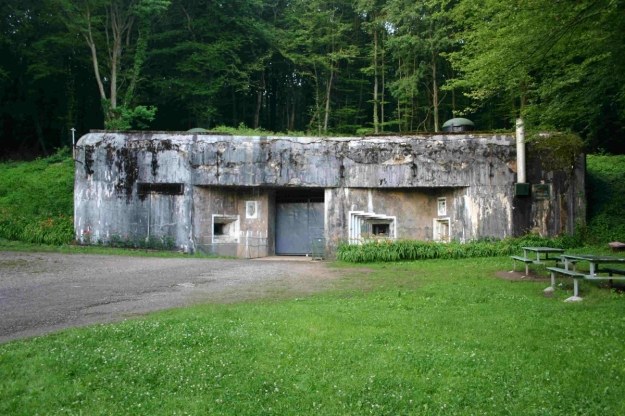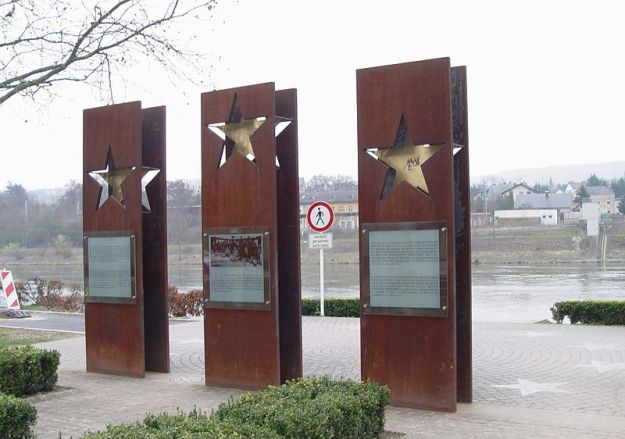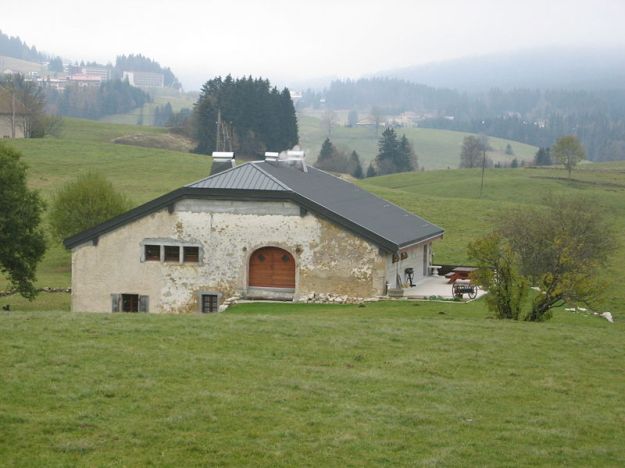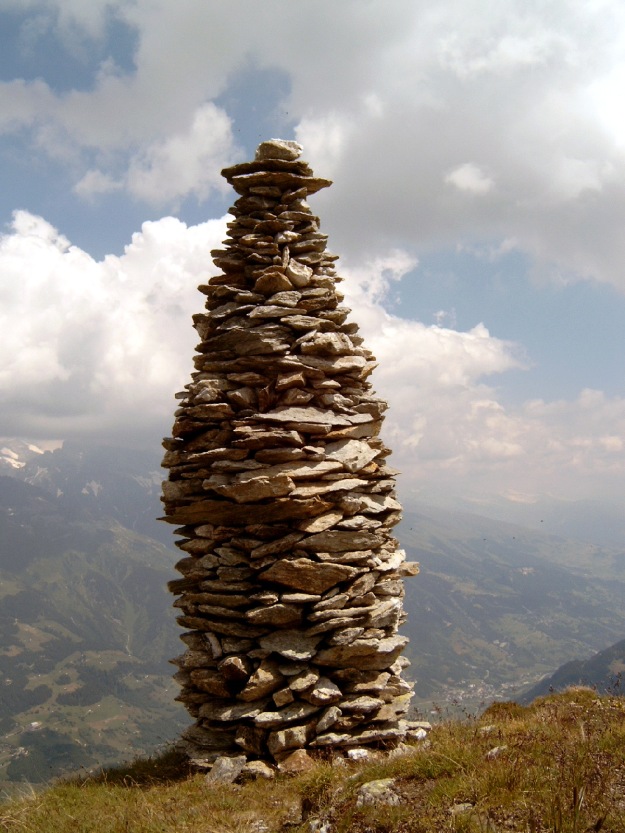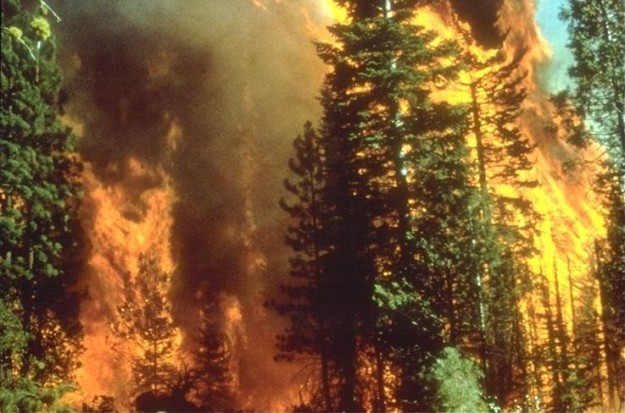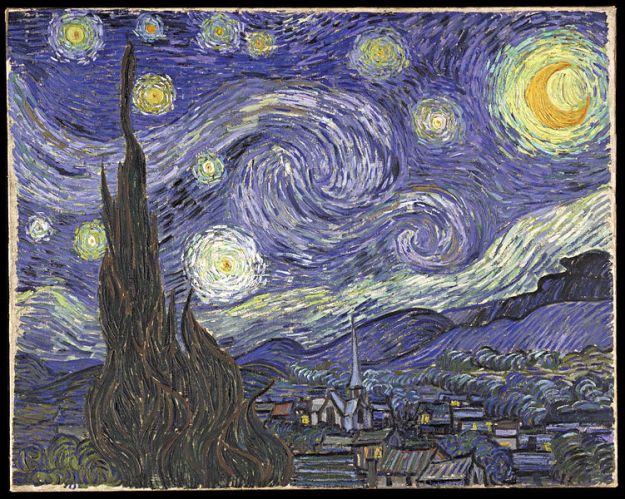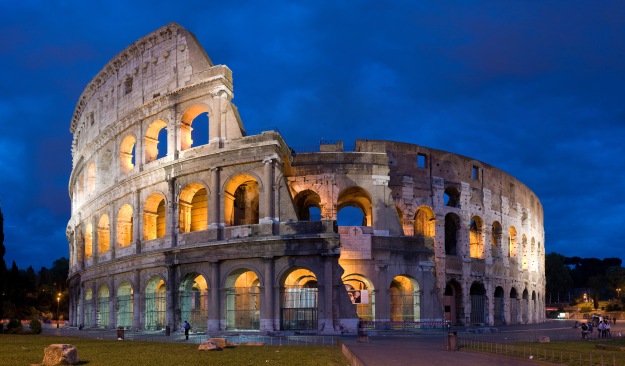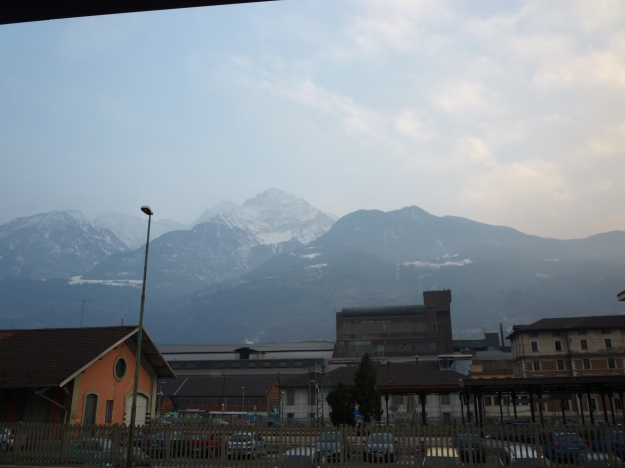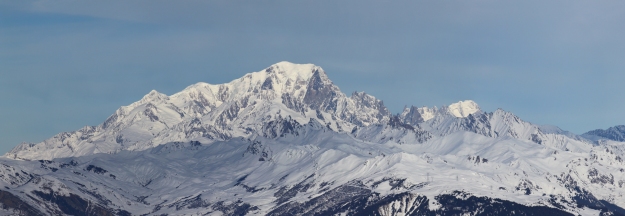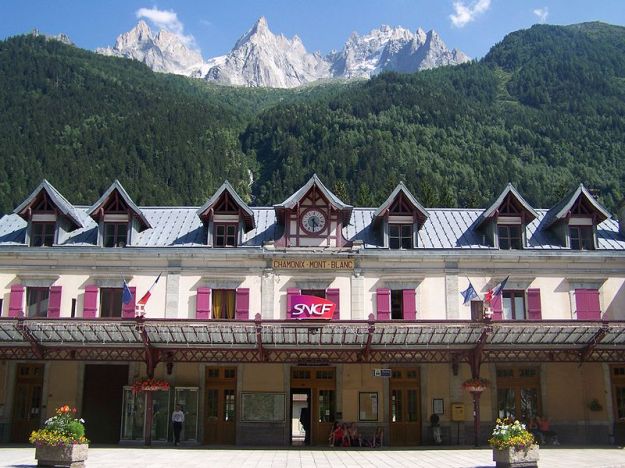In the inverted world of Amsterdam I had received the appearance of an idol. Suddenly I was more than welcome everywhere; I was asked at performances and for parties. Everyone wanted to be seen with me or in my neighbourhood. For other people I seemed to carry a divine aureole. In my vicinity strangers felt to be included in a heavenly glow. They all dreamt that I owned the gateway to Heaven [1].
New lovers imagined themselves in an space travel with me, connected with the universe or included in dream-world more beautiful than life. I was for them the connection to an everlasting paradise.
In my wealth a Goddess appeared – again a white [4] Citroën DS – wherein I accomplished the glory humming on the road [7], just like the charioteer Kṛṣṇa [5] in the Bhagavad Gita [6]. As Idol and centre I encouraged, I steered and I shaped the world around me; I was the eye of a cyclone – even empty, temporary and stilled inside.
Idolatry
Transitory in one sigh
Seen in the Sunlight
Beauty is a terrible and awful thing! It is terrible because it has not been fathomed, for God sets us nothing but riddles. Here the boundaries meet and all contradictions exist side by side. [8] This citation from The Brothers Karamazov by Dostojewski described my volatile position as idol within the inverted world in Amsterdam. This quote was also the motto of Confessions of a Mask by Yukio Mishima from which I derived to some extent an interpretation of my role as icon in the world where men love of men; for my lovers, I was not only their beloved, but I was also their competitor in their love for other men in the polygamous homosexual world in Amsterdam at that time.
In addition to an interpretation of my idle position in the inverted world in Holland, I was looking for insight in the development of my life. After reading the tetralogy Sea of Fertility [10] by Yukio Mishima, the fourfold reincarnation of the second main person gave some overview of my situation.
In line with this way of thinking, the first reincarnation in my life – under the name Kṛṣṇa – covered the period from my early childhood to my departure from Kenya. Now – as a temporary idol – I was at the height of my second incarnation in my life. I foresaw that my life as icon would soon implode; I decided to leave the inverted world of Holland for some time. After my share in a serious war crime during my first reincarnation in Kenya, I wished to guide the continuation of my life in a correct manner. It was also time for penance for this war crime.
[1] See the book Genesis 28:10-19 in the Old Testament for Jacob’s dream wherein Jacob takes a ladder with descending and ascending angels for the gate to Heaven. See also: http://en.wikipedia.org/wiki/Jacob’s_Ladder
[2] Painting: Jacob’s dream of a ladder of angels, c. 1690, by Michael Willmann. Source image: http://en.wikipedia.org/wiki/Dream
[3] The Dream by Henri Rousseau, 1910. Source image: http://nl.wikipedia.org/wiki/Droom
[4] The name Arjuna means amongst others “wit, clear, silver”; one may recognise also “arh” in the name meaning “worthy, capable of”. Arjuna is one of the main characters in the Mahābhārata. He is one of the five brothers who live together with one wife Draupadi – the most beautiful and influential wife of her time – in polyandry. The five brother fight for their rightful share of the kingdom, for the honour of Draupadi and for maintenance of the world order
[5] In Sanskrit Kṛṣṇa means amongst others “black”, “blue black”, “the dark period of the moon-cycle” Source: electronic version of the dictionary Monier-Williams – MWDDS V1.5 Beta
[6] See also: http://nl.wikipedia.org/wiki/Bhagavad_gita
[7] See also: Katz, Ruth Cecily, Arjuna in the Mahābhārata: Where Krishna is, there is victory. Delhi: Molital Banarsidass Publishers, 1990
[8] Source: Dostoevsky, Fyodor, The Karamazov Brothers. Ware: Wordsworth Edition Limited, 2007, p. 114
[9] Source image: Frontside of the cover of Mishima, Yukio. Confessions of a Mask. New York: A New Directions Book, 1958 (Eleventh printing)
[10] See also: http://en.wikipedia.org/wiki/The_Sea_of_Fertility
[11] Source image: Hatsuhana doing penance under the Tonosawa waterfall van Utagawa Kuniyoshi (1797–1861). This image is used as cover for the French edition of the Sea of Fertility by Yukio Mishima.

